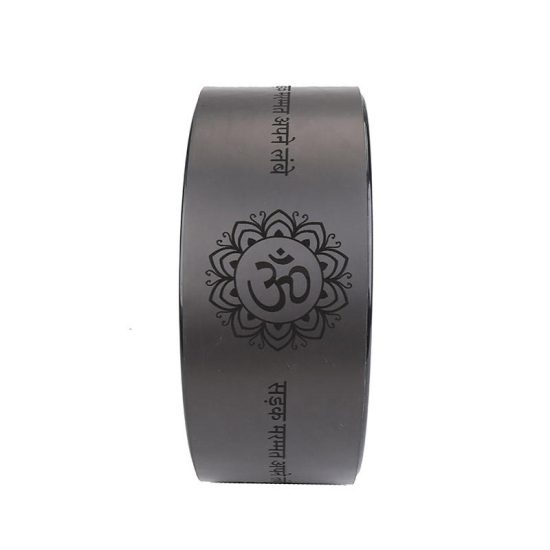Yoga blocks can play a valuable role in building balance by providing stability, support, and assistance in various poses. Here’s how yoga blocks contribute to building balance in your practice:
- Stability in Balancing Poses:
- Example: Standing poses like Tree Pose (Vrikshasana) or Warrior III (Virabhadrasana III).
- Role: Placing yoga blocks under your hands or supporting limbs can create a stable foundation, allowing you to focus on refining your balance without the fear of falling. This is particularly beneficial for beginners or those working on challenging balancing postures.
- Gradual Progression:
- Example: Gradually moving from two blocks to one block or from a higher to a lower block.
- Role: Yoga blocks offer the flexibility to adjust the height and support level gradually. As your balance improves, you can reduce the support, promoting incremental progress and strengthening the stabilizing muscles.
- Assistance in Standing Twists:
- Example: Twisting poses like Revolved Crescent Lunge (Parivrtta Anjaneyasana).
- Role: Placing a block on the ground and using it to support your hand can provide stability, allowing you to focus on the twist and balance without compromising the integrity of the pose.
- Support in Arm Balances:
- Example: Crow Pose (Bakasana) or Side Crow (Parsva Bakasana).
- Role: Yoga blocks can be used as a foundation under the hands in arm balances, offering support and making it more accessible to find balance. This is particularly helpful for individuals working on developing strength and stability in these challenging poses.
- Alignment in One-Legged Poses:
- Example: One-Legged Mountain Pose or Dancer’s Pose (Natarajasana).
- Role: Placing a block under the standing foot or using it as a hand support helps align the body and provides a reference point for maintaining balance in one-legged poses.
- Assistance in Inversions:
- Example: Headstand (Sirsasana) or Handstand (Adho Mukha Vrksasana).
- Role: Using yoga blocks under the hands or head in inversions can provide a stable base, allowing you to focus on balance and alignment without the added challenge of maintaining a free-standing position.
- Customizing Support in Balance Challenges:
- Example: Balancing on one foot with arms extended.
- Role: Yoga blocks offer the flexibility to customize support based on the intensity of the balance challenge. Placing blocks under the hands or using them as props for balance assists in finding the right level of difficulty for your practice.
- Enhancing Alignment in Lunges:
- Example: High Lunge or Crescent Lunge.
- Role: Yoga blocks can be used to bring the floor closer in lunging poses, helping you maintain proper alignment and stability as you work on building strength and balance.
Remember, building balance in yoga is a gradual process that involves cultivating strength, stability, and mindfulness. Yoga blocks serve as tools to support this process, providing assistance and guidance as you work towards improved balance and coordination in your practice.


